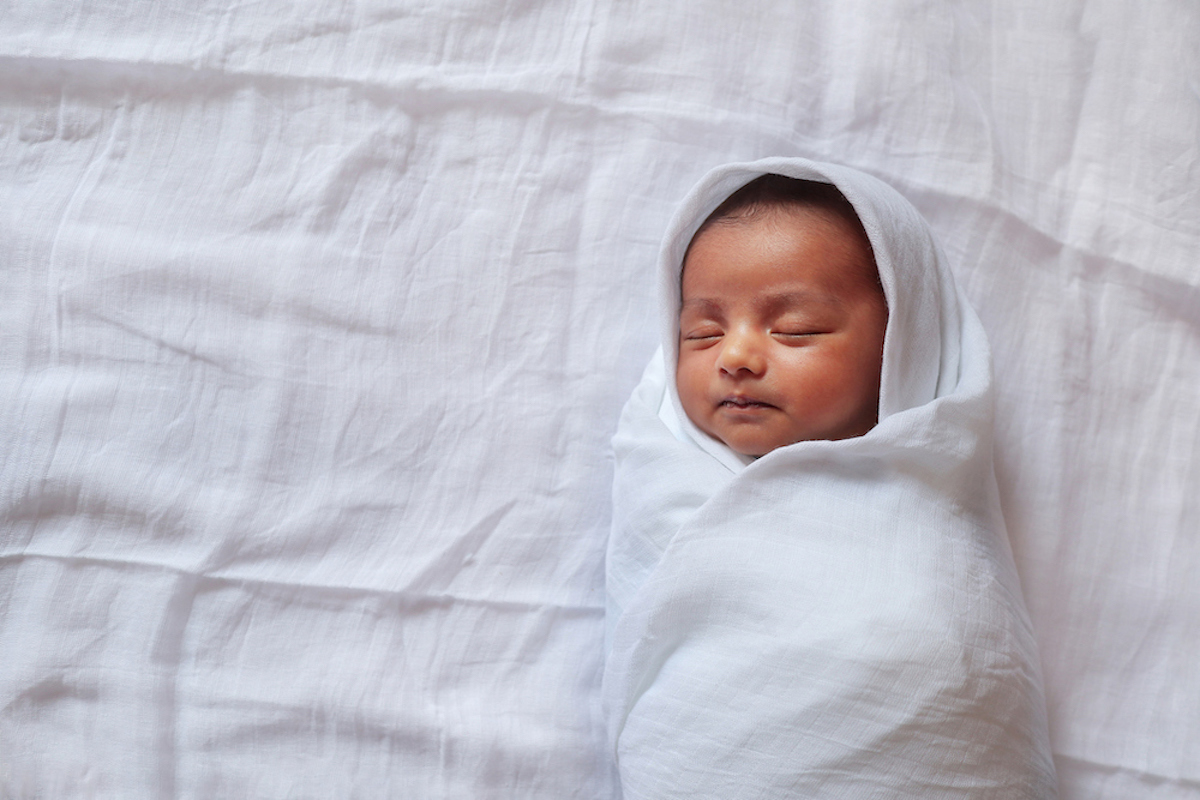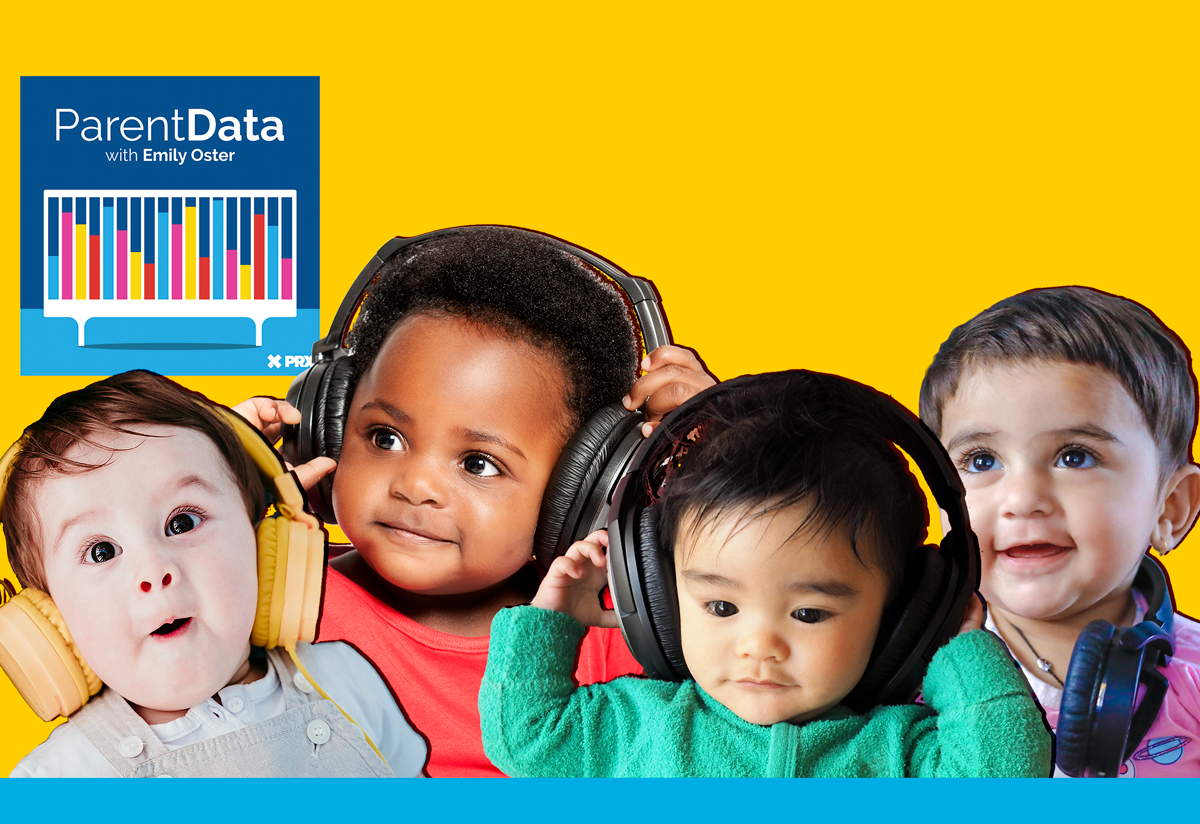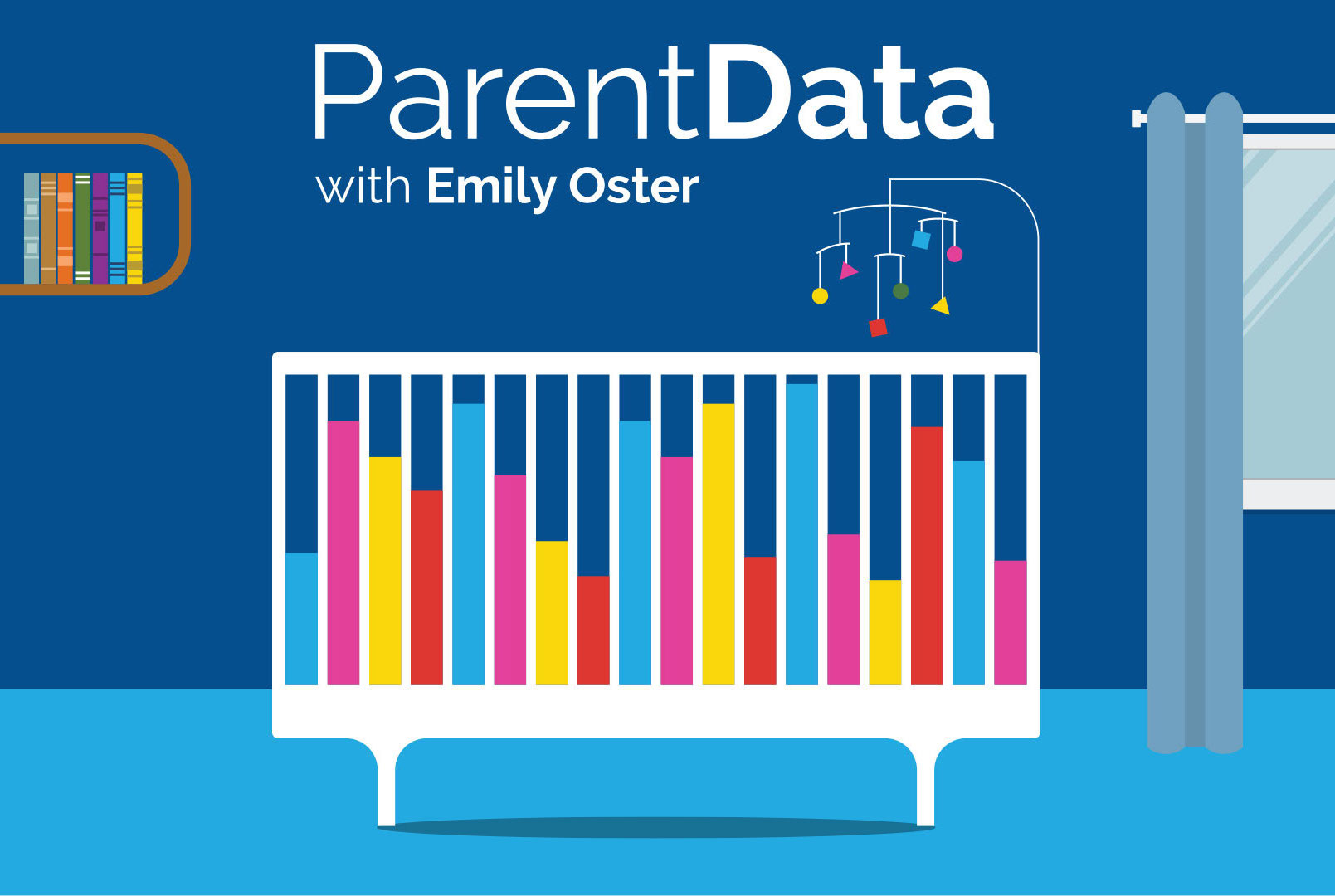Like many of you, I’m heartbroken about the events in Uvalde and am struggling to process what happened and how we got here yet again. It doesn’t feel like a moment for data. It may be a moment for action (see a few resources below).
Above all, it feels like a moment for feeling. Collective grief for the children lost, for their families, and for their peers. Anger that this is repeated yet again, so soon after another devastating shooting in Buffalo, and nothing has changed. Yet another fear for our own children. Guilt and gratitude that our kids are still there to snuggle us, to curl up at bedtime.
Too often, our instinct in these moments is to try to move past the feelings quickly, to get to action. While action is important (again, see below), the feelings are what we all share — and living with them, acknowledging them, is necessary. If you are crying on the train platform, as I was this week, consider just letting the feelings be there, and live with you for that moment, without trying to push them away and move to the next thing. And then: use them to see a way to action.
For those of us with children, we are likely struggling with what to say to them. This post, on talking about hard things, has a few thoughts on where to start. Another resource, from the National Child Traumatic Stress Network, talks more directly about how to discuss a school shooting with children.
If you are looking for data (and a call to action): I’d point you to Megan Ranney, a close colleague who works on the public health implications of gun violence. Kaitlyn Jetelina has also been writing on this topic.
For donations, Everytown and Moms Demand Action are both working on ending gun violence. The Texas Elementary School Victims Fund is working to help families directly.
Please take care of yourself.
















